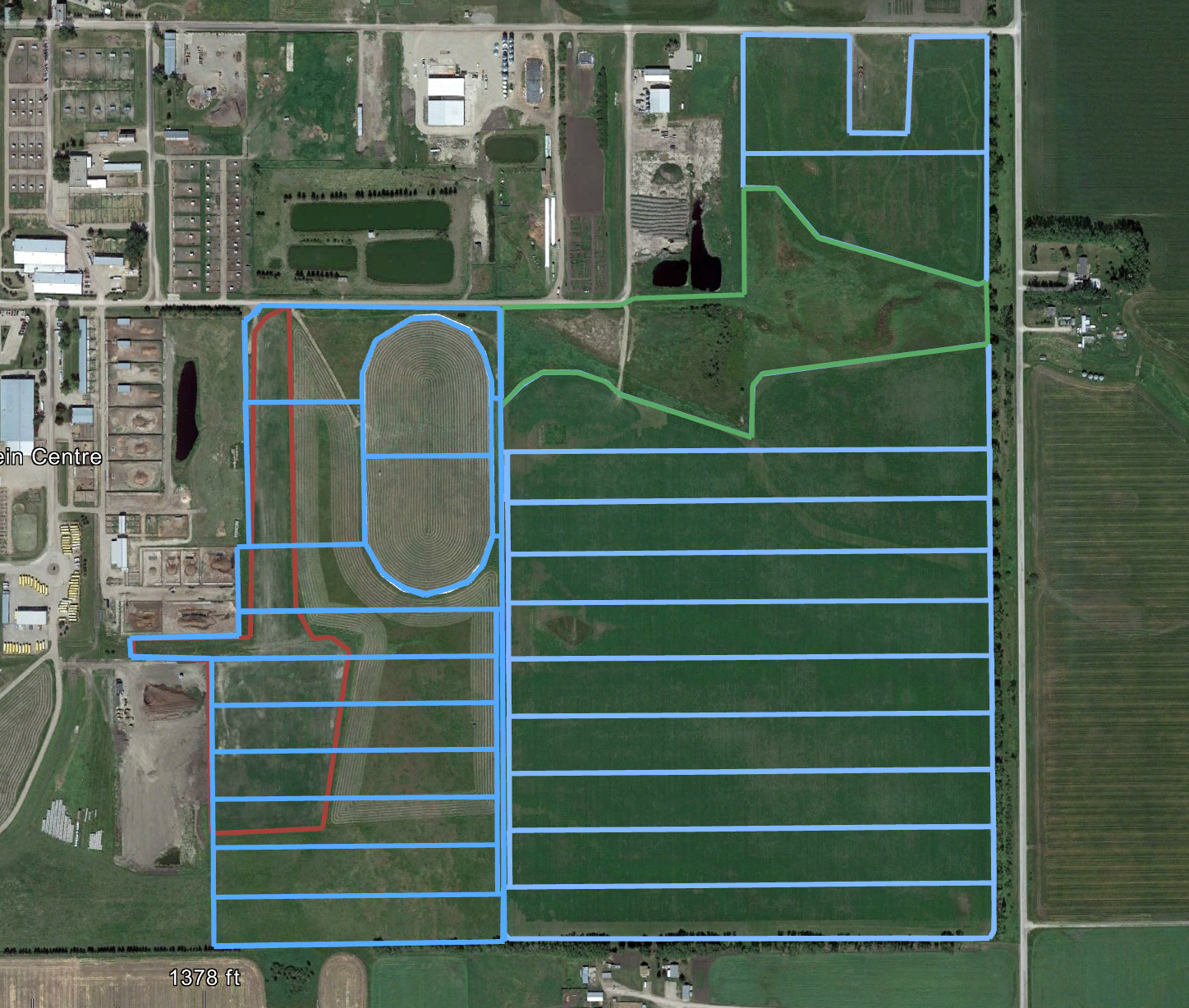 The TACLP received funding to expand rotational grazing on the Smart Farm through the Resilient Agricultural Landscape Program (RALP) that helps producers implement projects on their land that can provide significant benefits for the producer, the public and future generations. The RALP funding included the infrastructure costs of implementing a rotational grazing plan, cost of seeding perennial stands to incorporate in grazing plan, and multiple watering stations to be moved as the cattle move through the system to minimize soil disturbance.
The TACLP received funding to expand rotational grazing on the Smart Farm through the Resilient Agricultural Landscape Program (RALP) that helps producers implement projects on their land that can provide significant benefits for the producer, the public and future generations. The RALP funding included the infrastructure costs of implementing a rotational grazing plan, cost of seeding perennial stands to incorporate in grazing plan, and multiple watering stations to be moved as the cattle move through the system to minimize soil disturbance.
In this new rotational grazing area, approximately 50 to 70 cattle will rotate multiple times through each paddock during the growing season — which will maximize forage production and stand health. These fields also feature a small riparian area that will be closely monitored and grazed accordingly.
The TACLP will be growing high productivity forage blends and testing innovative on-farm technologies and practices throughout the rotational grazing paddocks near campus — specifically products that have been trialed at the Pitstra Farm but could benefit from improved connectivity near campus and facilities.
Bringing rotational grazing closer to campus also allows College students to learn more about rotational grazing practices, as well as actively participate in grazing exercises, reclamation activities and riparian area assessments.